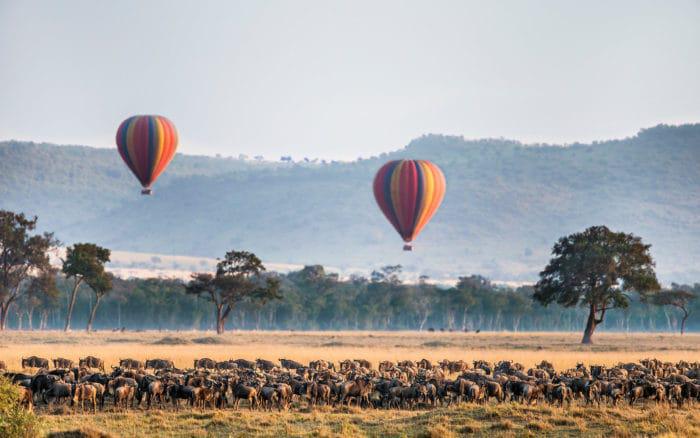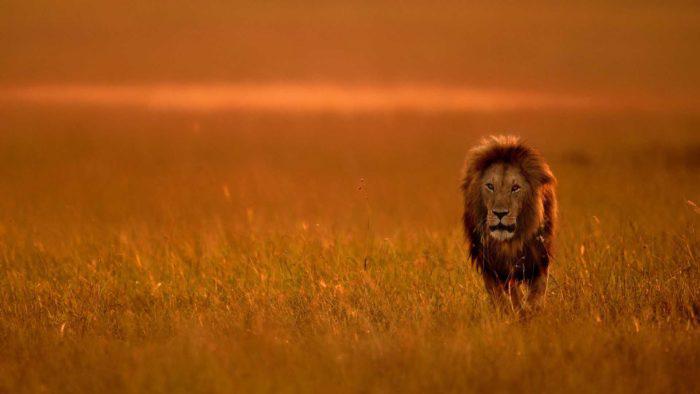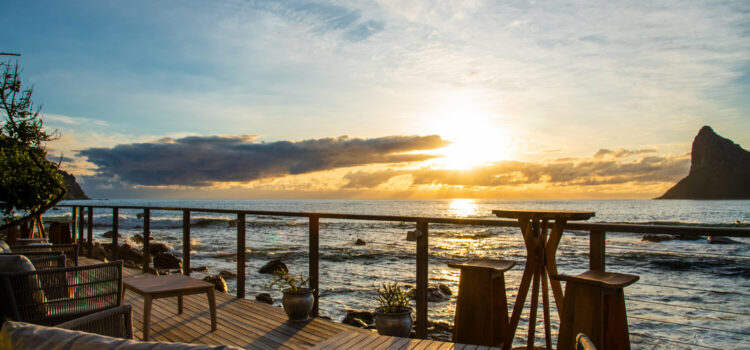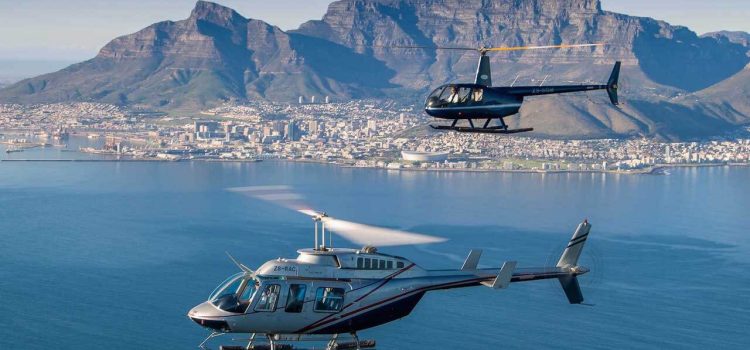Synonymous with the Hemingway-style safari and home to some of this continent’s greatest wildlife viewing, most iconic African landscapes and best-known reserves, Kenya is the Africa most people dream about. But when is the best time to go to Kenya? We thought we would break this article down into when to go to Kenya, the must-visit wildlife reserves, plus the best time to go on safari, on a beach vacation, or simply to explore all the other wonders that Kenya has to offer.

With its variable and expansive terrain stretching from its Indian Ocean coastline to its vast savannahs, Kenya is an all-year-round destination that is blessed with abundant sunshine. On its coast (Mombasa, Malindi, and Lamu) the Kenya climate is hot, tropical and humid but the heat is kept at bay by cooling Indian Ocean sea breezes. Further inland, temperatures are much more temperate in central Kenya and Nairobi (the capital city) as well as close to Mount Kenya which boasts permanently snow-capped peaks. Western Kenya is again more hot and humid, whilst in the north of the country, temperatures remain hot and dry. The weather in Kenya is generally dry and sunny with two distinct rainy spells which may vary year-on-year: the main rainy season taking place from March/ April to May/June with the ‘short rains’ season occurring from October to November/December.
June To October: The Dry Season
The dry season lasting from late June to October (with little or no likelihood of rain) is considered the best time of year to visit Kenya. This is the time when the wildlife is at its most abundant and when Kenya’s game reserves really come into their own as the scarcity of water forces animals to seek out rivers, lakes and watering holes to quench their thirst and it is easier to see them. Days are consistently sunny with clear blue skies (and fewer mosquitoes!) making this Kenya’s best time to visit.

Best Time To Go On Safari
July to October is undoubtedly the best time to go on safari when one of nature’s most incredible spectacles unfolds of thousands of wildebeest and zebra migrating across the Masai Mara. Not only will you have the chance to see these magnificent creatures in vast numbers but you will also be able to experience plenty of predators in action. Be prepared to encounter other tourists during the peak season of this wildlife extravaganza.
Best Wildlife Reserves To Visit
Home to the Great Migration and arguably one of the best-known wildlife reserves in western Kenya is the Masai Mara National Park. If its privacy and exclusivity that you seek, choose one of the Masai Mara’s private conservancies that pride themselves on only hosting small groups.

November To May: The Wet Season
The wet season (which takes place from November through to May) brings its own advantages and may very well be another good time to experience Kenya. During this time the landscapes turns a brilliant green and you will see many animals giving birth. This is also technically the low safari season, and so rates are much more affordable.
The worst Kenya weather is from March through to May when the rains can pound down relentlessly, the skies are mostly clouded over, and subsequently some safari camps and lodges close down. But during the rest of the wet season, the rains often fall in short showers (mostly in the afternoons or evenings), refreshing the landscape and the animals that live within them, rarely compromising a safari.

Best Time To Go On Beach Vacation
Whether you are seeking complete relaxation on one of the picture-perfect beaches of Watamu and Malindi, or simply want to explore the historical town of Lamu, December to March are the best months to visit Kenya’s coast. Here it is hot throughout most of the year with the ocean breezes keeping the humidity in check. The weather in Kenya in May and April is still wet with a short rainy spell from October to November.

Best Time To Climb Mount Kenya
The optimum time to ascend this spectacular mountain is between January and February, and again from July to October. Mount Kenya’s temperatures are cold all year round and it boasts permanent snow at its summit. At night at higher altitudes temperatures can even drop to -10 Celsius (14 Fahrenheit). Mount Kenya can be climbed throughout the year, but this becomes more difficult as the rainy seasons arrive from mid-March to mid-June and again from October to mid-December.

Best National Parks To Visit
Kenya’s eastern flagship reserve is the Amboseli National Park which borders Tanzania and is famous for its vast elephant herds. January and February is a great time to visit (and again from June to September) but be aware that this is their peak season so visitor numbers will be high. To experience the magic of northern Kenya with its unique landscapes and wildlife visit the Samburu National Reserve and the private reserves located on the Laikipia Plateau. The best times to visit the north is between December and the end of March and again July through to October.




